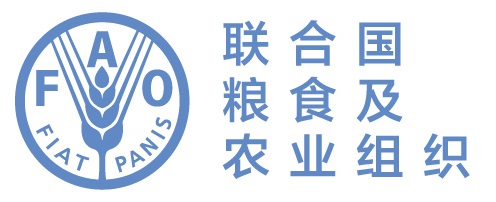
Technical Panel on Diagnostic Protocols (TPDP)
(Photo: (C) IPPC secretariat. TPDP members, IPPC secretariat and MAFF Japan at the 2024 meeting in Yokohama, Japan)
The Technical panel on diagnostic protocols (TPDP) was established in 2004. Diagnostic protocols are produced as annexes to ISPM 27 (Diagnostic protocols for regulated pests). The TPDP proposes priorities for protocols to be developed on specific pest species or groups of species, identifies specialists to develop each protocol, supervises the production of diagnostic protocols, and considers other topics related to the diagnosis of regulated pests. The tasks of the panel are outlined in Specification TP 1.
Further information on the TPDP working procedures can be found in the IPPC Procedure Manual for standard setting. You can download a copy of the IPPC Procedure Manual for Standard Setting by clicking here.
There are several subjects in the work programme of the TPDP at different stages of development, from initiation of drafting to adoption. The subjects of TPDP work and their stage of development can be found at the List of Topics for IPPC Standards.
Each protocol deals with one pest species or group of species, in the following categories: bacteria; fungi and fungus-like organisms; insects and mites; nematodes; plants; viruses and phytoplasmas. The TPDP is composed of diagnostic experts, with a lead for each of the disciplines mentioned above, plus a steward who is a member of the Standards Committee (SC). The membership of the TPDP is outlined in a document below under “Publications”. The complete list of authors for each draft DP under the work programme is also provided below.
According to ISPM 27, information relevant for diagnosis is provided in each diagnostic protocol on the specified regulated pest, its taxonomic position, and the methods to detect and identify it:
" Diagnostic protocols contain the minimum requirements for reliable diagnosis of the specified regulated pests and provide flexibility to ensure that methods are appropriate for use in the full range of circumstances. The methods included in diagnostic protocols are selected on the basis of their sensitivity, specificity and reproducibility, and information related to these factors is provided for each of these methods. "
The CPM has delegated its authority to the Standards Committee (SC) to adopt DPs on its behalf. This reflects decision number 8 on the new Standard Setting process by CPM-7 (2012).
Once the Standards Committee approves the DP, the Secretariat makes it available and Contracting Parties are notified for a period of 45-days. The notification period for approved DPs is twice a year: From 01 July to 15 August; and from 30 January to 15 March.
More information on the DP notification period can be found by clicking here.
The TPDP usually meets once a year and virtually as needed. For meetings dates, see the IPP calendar. The TPDP membership list, DP drafting groups list, meetings reports and other documents, such as Instructions to DP Authors, DP Brochure: Introduction for Authors of IPPC Diagnostic Protocols and TPDP Working Procedures, are posted below on this page.
The list of adopted DPs is growing, two new DPs have recently been adopted (2023-09-04)
- DP 32 genus Ceratitis
- DP 33 Mononychellus tanajoa
This success was enabled by the dedicated efforts of all contributors during the drafting and review process. Special thanks to the DP drafting group and the discipline leads. All adopted DPs are available on the adopted standards page.
List of adopted DPs:
-
DP 1: Thrips palmi
-
DP 2: Plum pox virus - Revision adopted in 2018
-
DP 3: Trogoderma granarium
-
DP 4: Tilletia indica Mitra
-
DP 9: Genus Anastrepha Schiner
-
DP 10: Bursaphelenchus xylophilus
-
DP 12: Phytoplasmas
-
DP 13: Erwinia amylovora
-
DP 14: Xanthomonas fragariae
-
DP 15: Citrus tristeza virus
-
DP 16: Genus Liriomyza
-
DP 17: Aphelenchoides besseyi, A. ritzemabosi and A. fragariae
-
DP 18: Anguina spp.
-
DP 19: Sorghum halepense
-
DP 20: Dendroctonus ponderosae
-
DP 22: Fusarium circinatum
-
DP 23: Phytophthora ramorum
-
DP 24: Tomato spotted wilt virus, Impatiens necrotic spot virus and Watermelon silver mottle virus
-
DP 25: Xylella fastidiosa
-
DP 26: Austropuccinia psidii
-
DP 27: Ips spp.
-
DP 28: Conotrachelus nenuphar
-
DP 29: Bactrocera dorsalis
-
DP 30: Striga spp.
-
DP 32: Genus Ceratitis
-
DP 33: Mononychellus tanajoa
TPDP updates provided to the Standards Committee (SC) May meetings: The presentations and documents are posted below.
Instructions to Authors of Diagnostic Protocols is posted below. DP authors, please also check the IPPC Style Guide and related documents at IPPC Style Guide.

